SUMMARY
This is AI generated summarization, which may have errors. For context, always refer to the full article.
![[#RapplerReads] Filipino picture books to keep kids company this holiday season](https://www.rappler.com/tachyon/2021/12/Rappler-Reads-Listicle-FEATURE.jpg)
Editor’s note: #RapplerReads is a project by the BrandRap team. We earn a commission every time you shop through the affiliate links below.
When I was a fresh college grad and would-be screenwriter in New York, I found quarter life refuge in children’s books. I spent afternoons digging through the kids section at Barnes & Nobles, weekends reading to elementary schoolers, and eventually, I published my own picture book, Jamie’s Best Friend.
During my short stint as a children’s author, I attended my first publishing conference with the Society of Children’s Book Writers and Illustrators (SCBWI). There was something refreshing and life-affirming about this quiet community of literary caregivers. And unlike typical networking behavior, it seemed everyone there genuinely connected through a shared purpose.
The experience made me contemplate why I write in the first place. Just Like That author Gary D. Schmidt answered this question for me in his keynote speech: “to show up for those who have no one else.”
True enough, my book was about a boy in search of imaginary friends, and I began to notice that every other picture book on the shelf was written for a particular child. I found that to be even truer when I moved back to Manila and discovered our diverse pantheon of local children’s books. There are many young Filipinos in need, but they are all different and require different forms of attention and guidance.
As you home in on your holidays with your kids, nephews, nieces, godchildren, or kids at heart, let this be your guide to the many children’s gifts Filipino publishing has to offer:
For kids missing home

Filipino-American author Michelle Sterling’s debut book When Lola Visits is an ambient and nostalgic portrait of a young girl’s summers spent with her lola from the Philippines. Illustrator Aaron Asis realizes her sensory accounts with soothing textures over neutral backgrounds. Published by US-based HarperCollins, the book speaks to Filipinos living anywhere in the world. It is a tactile treat for kids and a nostalgia trip for adults.
For kids stuck at home
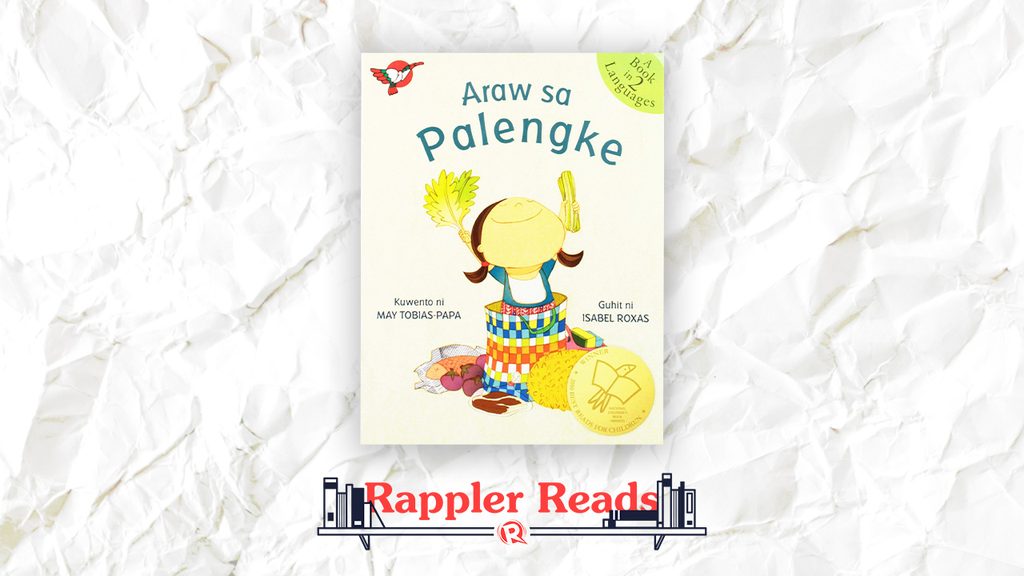
The then everyday account of accompanying one’s mother to the market in May Tobias-Papa’s Araw Sa Palengke is exactly the kind of neglected pastime we all now long for in the age of pandemic. Aptly so, the book’s protagonist is at first lazy and reluctant to go out, then at last, fulfilled having done so. This 2010 National Children’s Book Award winner published by Adarna House plays almost like an animated film with the cartoonish style of Brooklyn-based illustrator Isabel Roxas. As an educational bonus feature, the book includes a table on the nutritional values of certain foods.
For the pre-language kids

Reni Roxas’s 2012 National Children’s Book Award-winner Ay Naku! is a Filipino classic, using only 65 words to convey a simple story of a mischievous boy named Botbot. Roxas’s punchy, onomatopoeic verbs combined with illustrator Sergio Bumatay III’s pen-drawn illustrations evoke a lively and authentic home-setting that truly draws out the humor of childhood. And, for the English-speakers, the book even comes with a glossary, complete with social context on the titular expression, “ay naku!”
For the trilingual kids
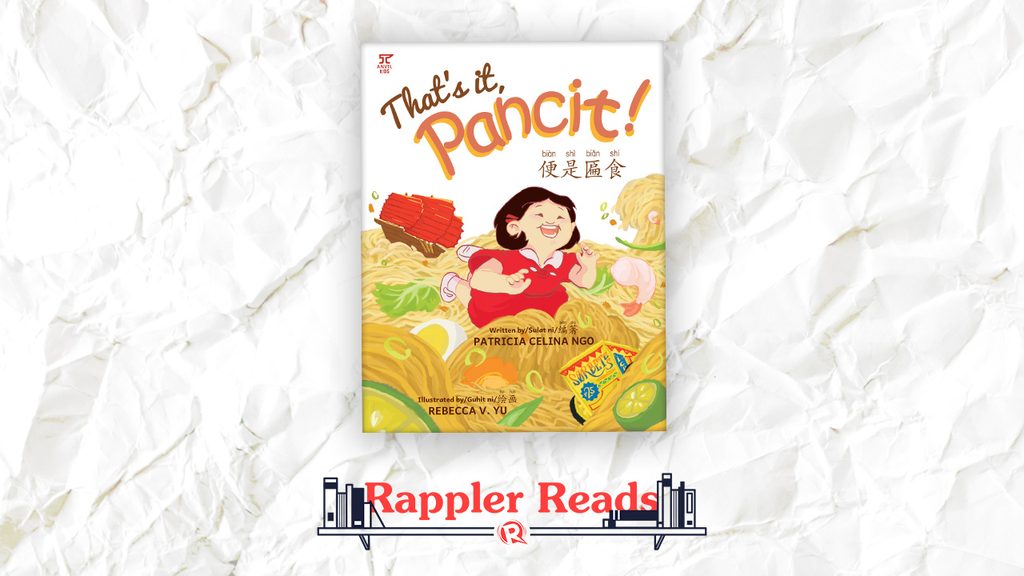
The Chinese Filipino experience is ubiquitous in the Philippines, but not widely written about. Many of the books in this list boast bilingual text, a common feature of Filipino children’s literature, but 3-time Palanca Award winner Patricia Celina Ngo’s That’s It, Pancit! boasts three languages: English, Filipino, and Mandarin. Author Ngo highlights Chinese Filipinos’ distinct cultural nuances — such as having two names and two birthdays — while illustrator Rebecca V. Yu projects them vividly and vibrantly. The book poetically concludes with the hybrid history of the protagonist’s favorite dish, pancit, and how she too is both proudly Chinese and Filipino.
For kids with two homes
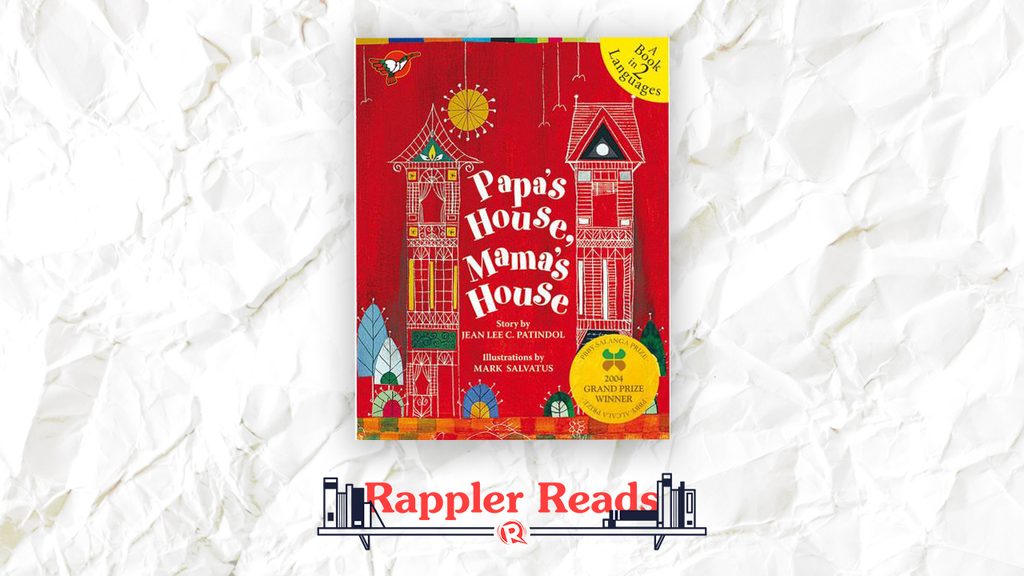
As mentioned earlier, companionship is at the core of children’s literature. A prime example is Jeanette Patindol’s Papa’s House, Mama’s House, which depicts the life of a child whose parents are separated. Illustrated by Mark Salvatus, the 2004 PBBY-Salanga and PBBY-Alcala Grand Prize-winning book features stunning, melancholic visuals symmetrically laid across the two-page spreads. With more mature musings on the motivations behind separation, Papa’s House, Mama’s House is here to remind readers that they are just as loved as any other kid.
For kids with two dads
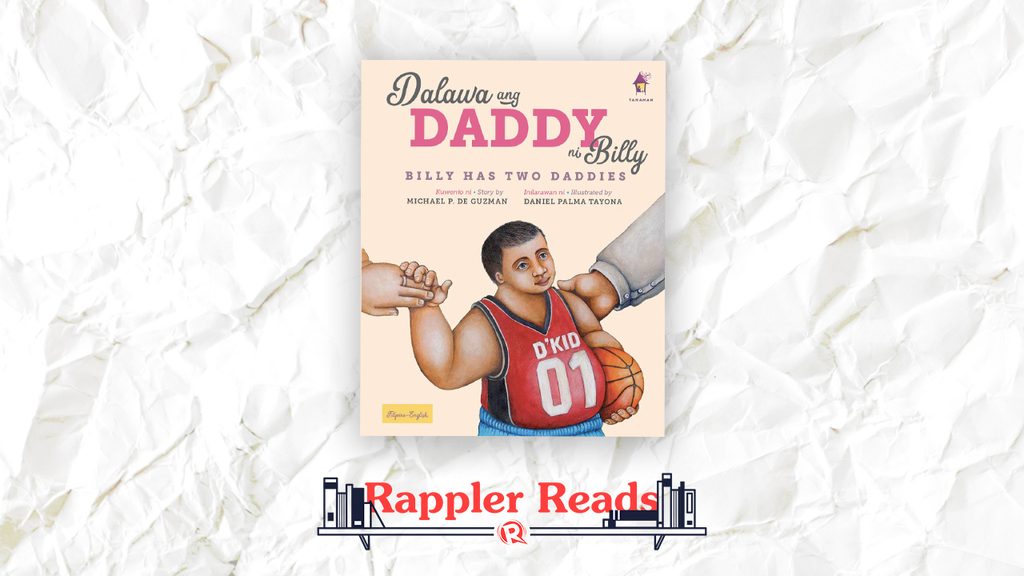
In a similar vein, Dalawa ang Daddy ni Billy (Billy has Two Daddies) tells of a boy who is proud to be raised by two fathers. The groundbreaking picture book by writer-illustrator duo Michael P. De Guzman and Daniel Palma Tayona is the perfect companion for children with same sex parents. Although like most picture books, the story begins rather light and expositional, it necessarily treads on heavier subjects, depicting a case of school bullying due to his parents’ sexuality. Ultimately, it is a firmly optimistic book that resonates not only with the “Billies” of the world, but also with their parents.
For the pandemic learners

Yes, COVID-19 has officially settled into the canon of children’s literature, and science writer Natasha Vizcarra’s Spikeys, Prickles & Prongies signals its induction into the picture book genre. Understandably more dense and info-packed than all the others on the list, this crash course in the basics of the novel coronavirus is balanced by illustrator Jamie Bauza’s playful imagery. A parable on personal hygiene, the book features a “COVID Toolbox for Parents,” complete with health advice and a bibliography to boot.
In spite of increased digitization and the perils of the pandemic, local children’s publishing is alive and kicking. The perseverance of both physical books and modern, progressive stories is a testament to the resilience of writers who write with a purpose.
I personally have temporarily departed from the genre and the publishing industry as a whole, but I have not at all lost my passion for children’s storytelling. Just writing about it in this article is my way of contributing to the continued cause.
To show up for those who have no one else.
I hope that, during this second holiday season under the pandemic, more children will get to enjoy the safety and comfort of loved ones and friends. For those out there who need the affirmation of kind words and images, a simple picture book could make all the difference. – Rappler.com
Add a comment
How does this make you feel?
![[Rappler’s Best] Patricia Evangelista](https://www.rappler.com/tachyon/2024/04/unnamed-9-1.jpg?resize=257%2C257&crop=486px%2C0px%2C1333px%2C1333px)
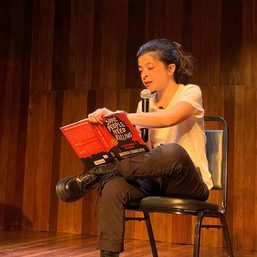
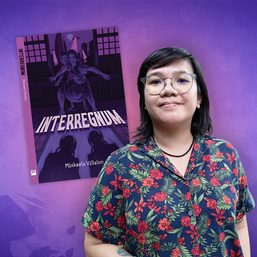
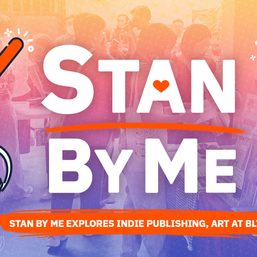
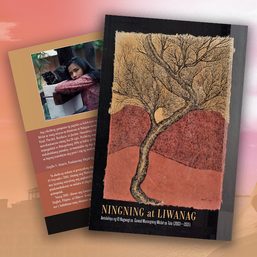
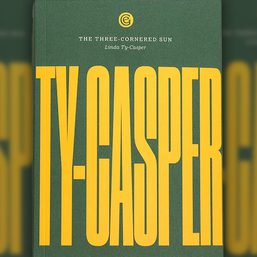
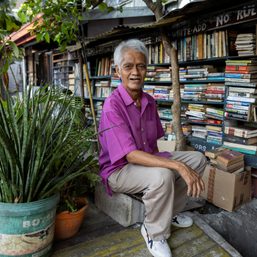
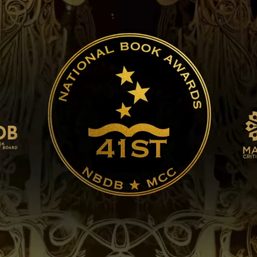
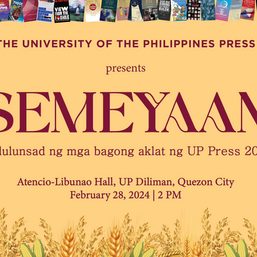
There are no comments yet. Add your comment to start the conversation.